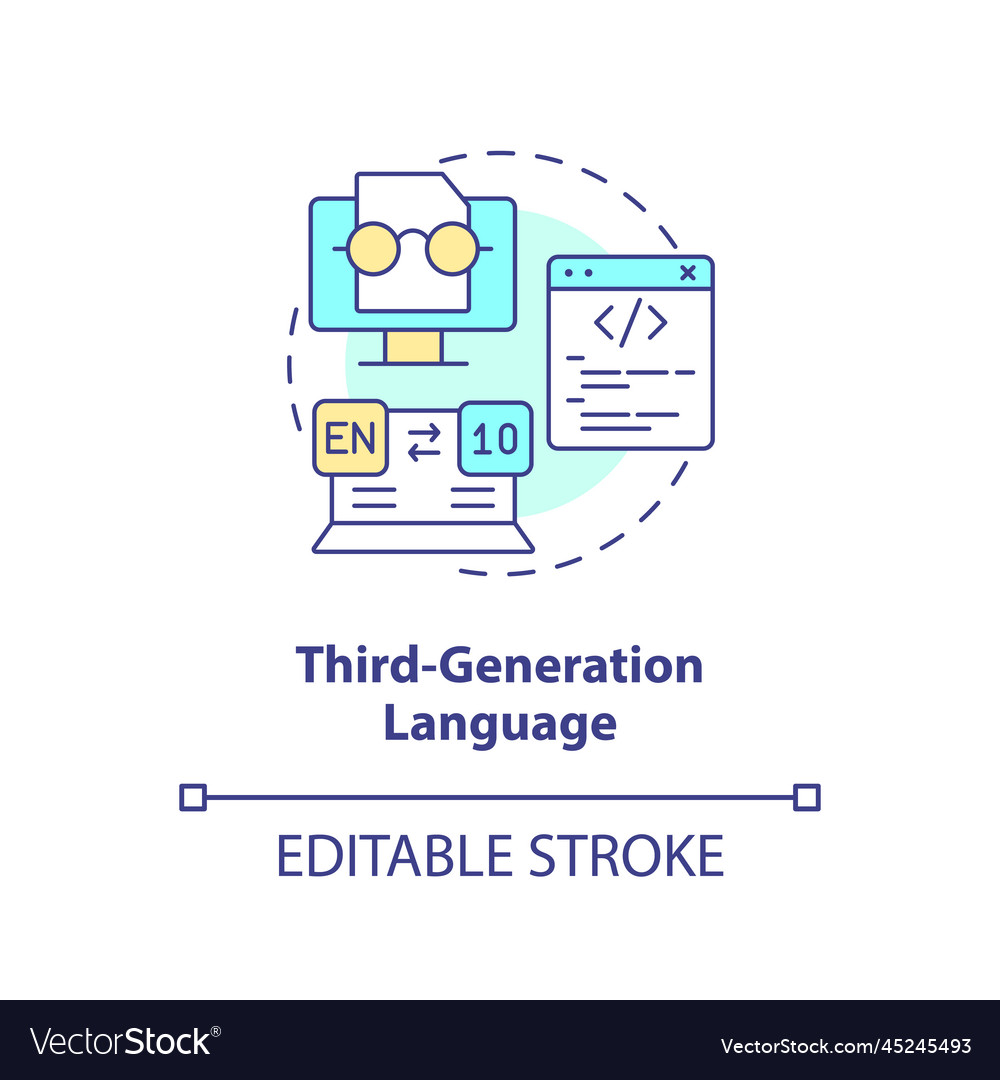Third-Generation Programming Language, also known as 3GL, is a type of programming language that is designed to enable the creation of programs with increased productivity compared to earlier generations of languages. Third-Generation Programming Languages are a type of High-Level Programming Language and are designed to be easy to use and understand. They are used to create programs that can run on different platforms and be used for a variety of tasks.
Third-Generation Programming Languages typically use semi-structured instructions and are considered more intuitive than earlier generations of languages since many instructions are similar to human language. Examples of Third-Generation Programming Languages include BASIC, FORTRAN, COBOL, Pascal, C, and C++.
Third-Generation Programming Languages have a variety of advantages. They are relatively easy to learn and use, and they are relatively efficient when compared to earlier generations of languages. Additionally, these languages can be used to create programs that are compatible across different platforms and operating systems.
The main disadvantage of Third-Generation Programming Languages is their relative inefficiency when compared to some lower-level languages. Additionally, some programs may require the use of many lines of code and can be difficult to debug.
Overall, Third-Generation Programming Languages are widely used and their popularity is only increasing. They are a valuable way for developers to create efficient and robust programs with relatively little effort.





